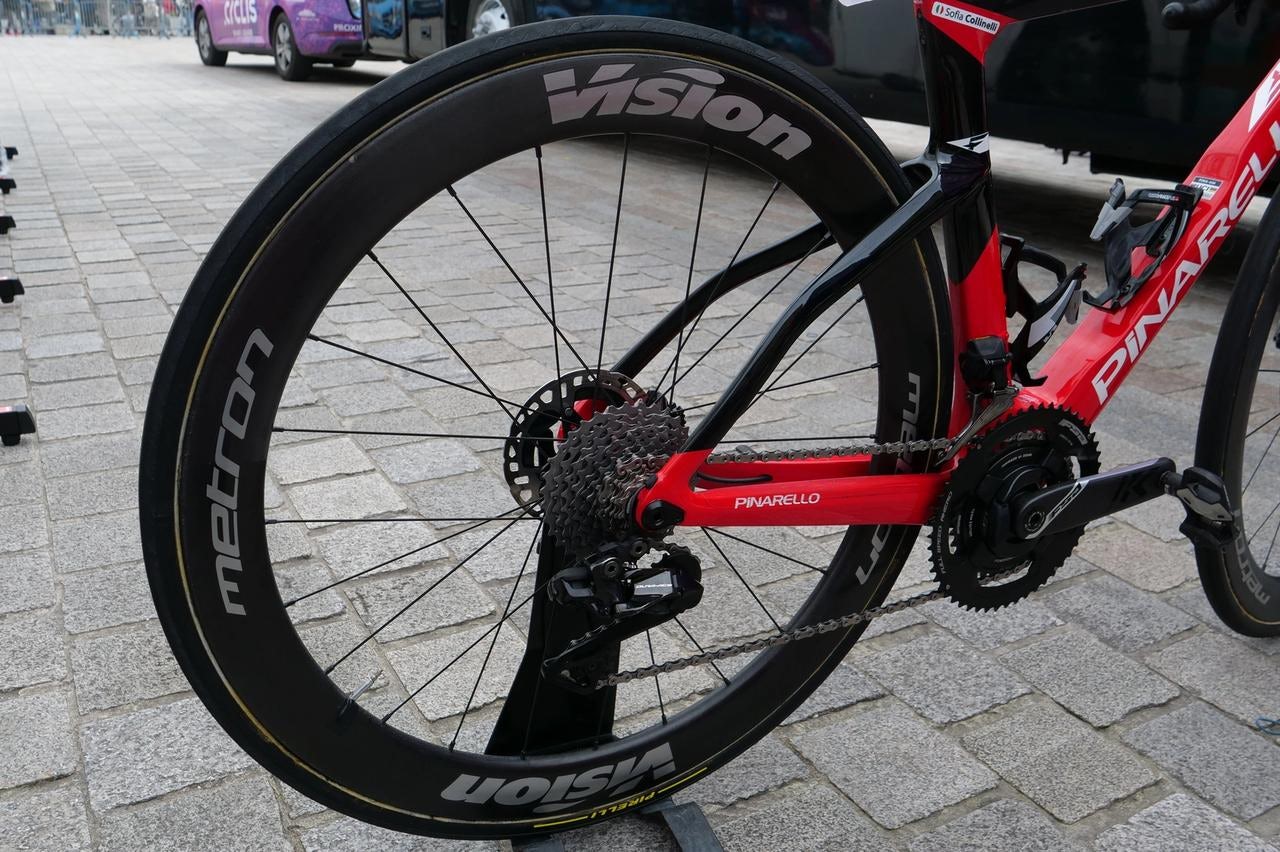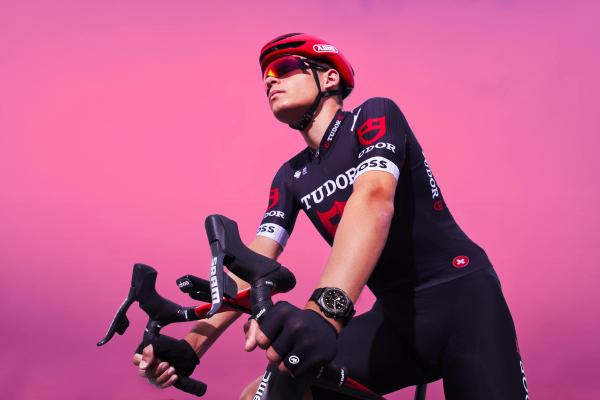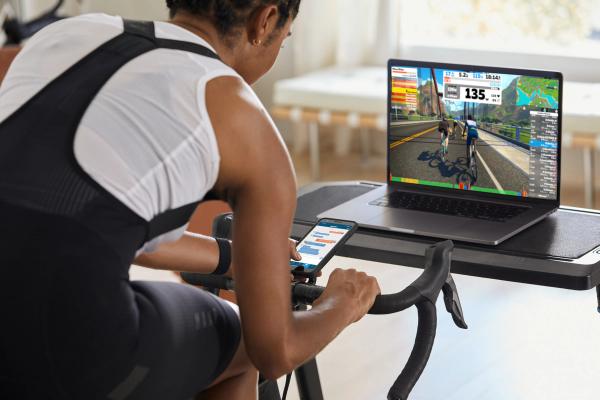Tubeless might be the future but tubular is still relevant inside the peloton
Tubular tyres can still be found being used at the highest level of cycling
Alex Hunt
Junior Tech Writer
© GCN
Roland Cycling was spotted using 26mm tubular Pirelli P Zero Race Tub tyres
At the start of this year’s Women’s Brugge-De Panne, more than one team were using tubular tyres, bucking the trend for tubeless systems.
Tubeless tyres have been around in cycling for almost a decade with mountain bikes and gravel bikes leading the way. As with a lot of technological advancements in cycling, road bikes lagged behind with tubeless only appearing on road bikes in the past few years.
Tubeless systems use a clincher-style tyre and rim but instead of using a butyl, latex or TPU inner tube, they use a latex sealant that coats the inside surface of the tyre. In the event of a puncture, this sealant plugs the hole and dries, creating an air-tight seal.
They have also been shown to be faster than any other tyre/tube type with the lowest levels of rolling resistance for any given size. This is in part due to the absence of the inner tube which adds some resistance to the system as it also has to deform to the imperfections of the road. When this is removed and replaced with sealant, there is simply less material that takes energy to deform.
With their ability to seal punctures and roll more efficiently than other tyre systems, tubeless has become the widespread go-to choice for the professional peloton. Even though this might be the case, if you look closely enough, the faithful tubular tyre has not been condemned to the history books just yet.
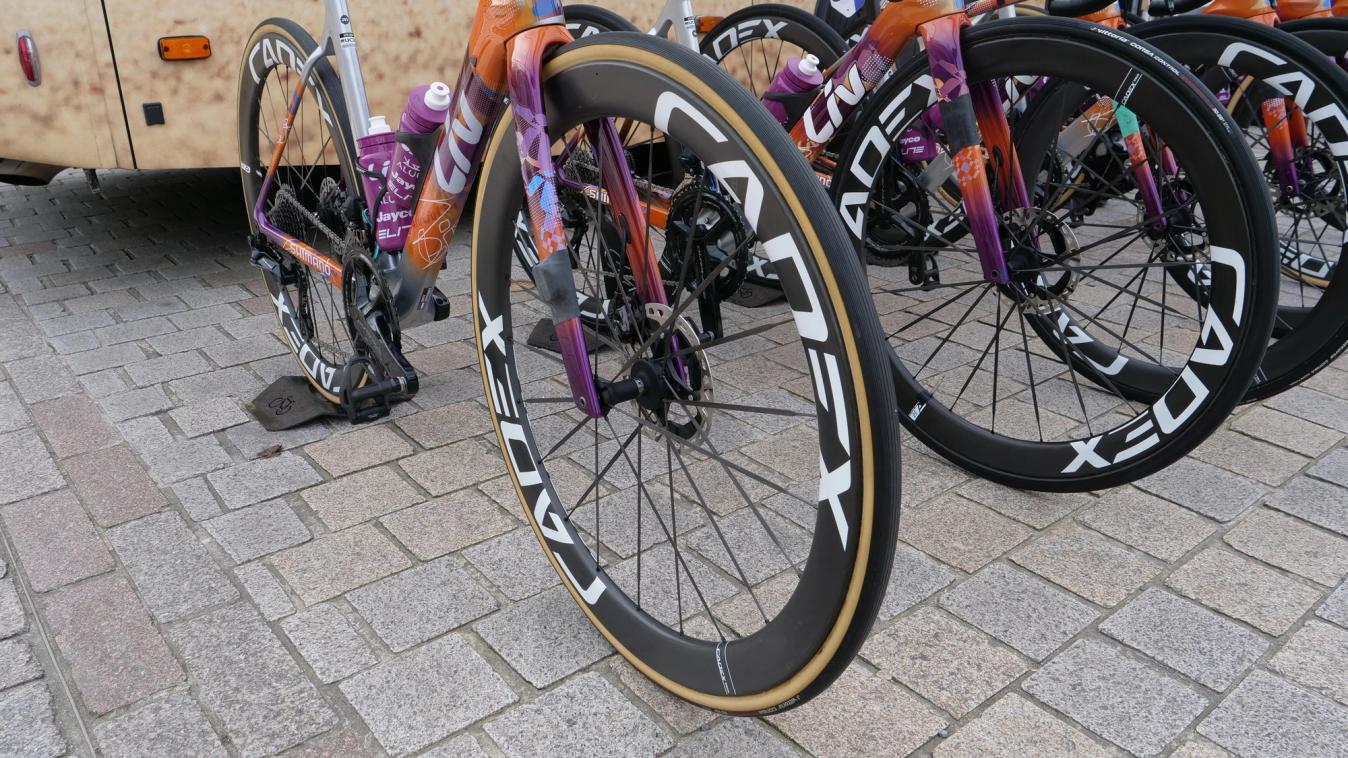
© GCN
Two riders for Liv AlUla Jayco were also spotted using tubular tyres over tubeless
Before the start of the Women’s Brugge-De Panne, both Liv AlUla Jayco and Roland Cycling were spotted using tubular tyres on some of their pro bikes. The reason behind this is largely due to rider preference as it allows them to ride on a punctured tyre without the fear of the tyre coming off the rim. Although tubeless should prevent a flat in the first place, the system is not bulletproof and a puncture at a crucial point of the race could see a rider's hopes lost.
Tubular systems are also lighter than the equivalent tubeless setup. This is because a tubular wheel does away with the need for a mounting surface on the wall of the rim. Instead, the tyre is glued directly to the rim bed, saving crucial rotational mass that has a bigger effect on the feel and responsiveness of a bike than static weight on the frame.
In the case of Roland Cycling, the team were using a tubular version of Pirelli’s P Zero Race tyre in what is now a rather narrow looking 25mm width. Tubular tyres are typically narrower than tubeless tyres for any given size. Interestingly, the team also decided to run what is now considered incredibly high tyre pressures, using between 6.5-7.5 bar (94-109psi), depending on the individual rider. This is far higher than current tyre pressure trends elsewhere in the peloton, which are seeing riders commonly use pressures close to half of this.
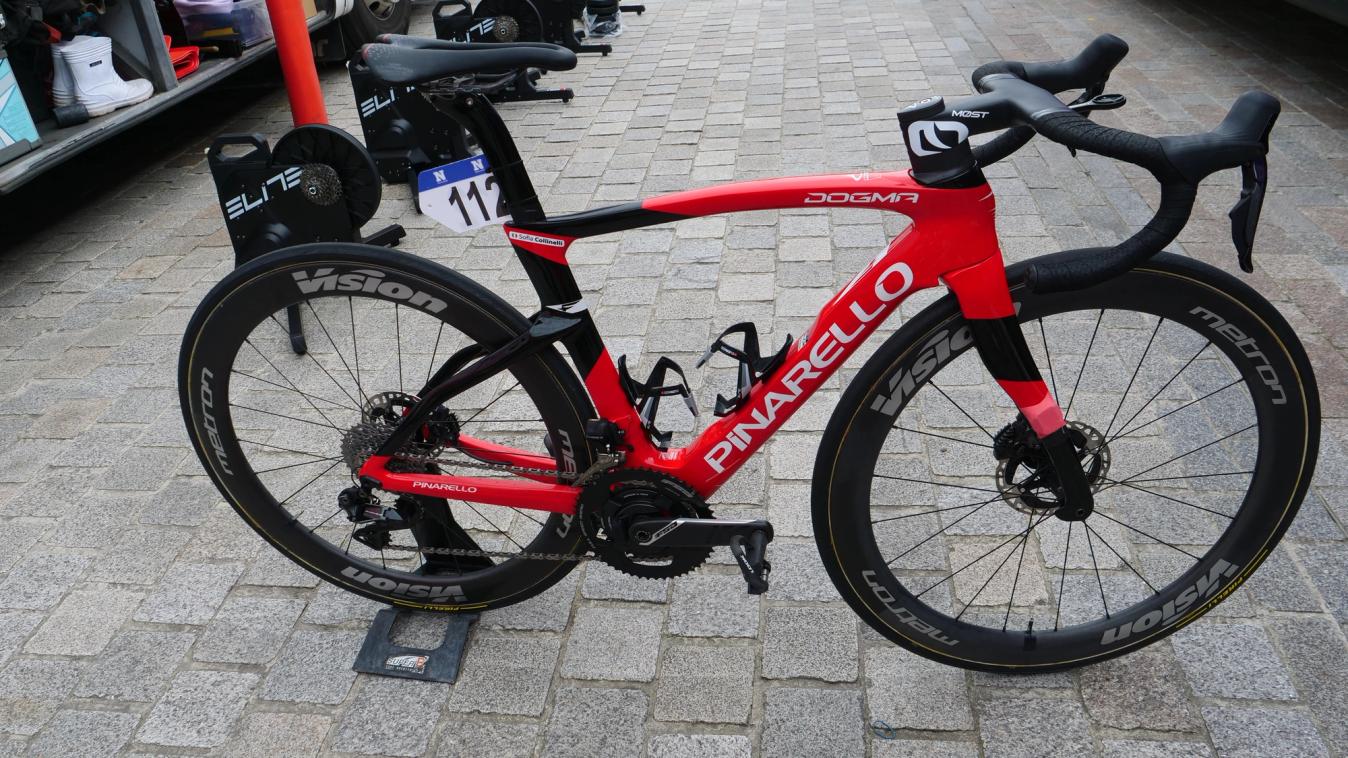
© GCN
Roland Cycling were running their tubular tyres at incredibly high pressures in contrast to current trends
Liv AlUla Jayco had a far more mixed approach with the majority of the team using clincher wheels and tyres. However, two of the riders, Georgia Baker and Jeanne Korevaar, opted to use the tubular version of the Cadex 50 Ultra wheelset, running 28mm tyres whilst the rest of the team were running 30mm tyres.
This difference can largely be attributed to the Cadex 50 Ultra tubeless wheelset featuring a hookless design that means riders are restricted to a tyre pressure less than the ETRTO maximum limit of 5 bar (73psi). A wider tyre can naturally be run at a lower pressure due to the increase in volume.
For more information on finding the right tyre pressure and width for you make sure to check out our latest how to content, and head over to the tech news section of the website to keep up to date with the latest from the world of bike tech.
